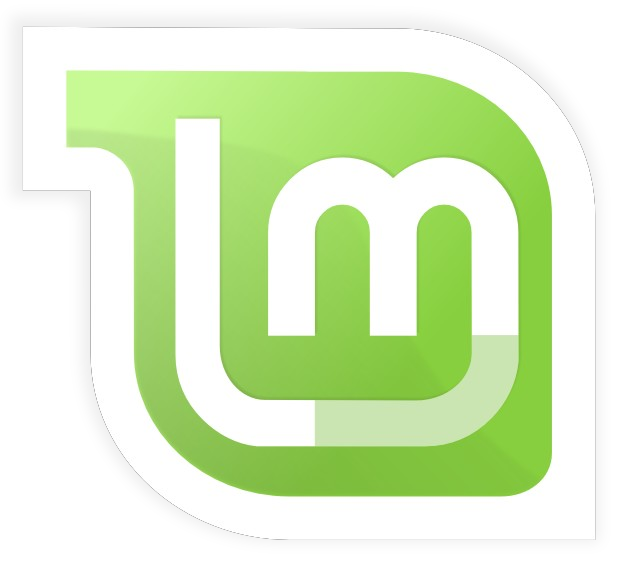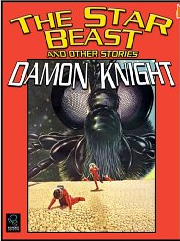I’ve gotten way behind in my science fiction reviews, so let me jump back in the saddle (or choose another cliché) with a short review of Murray Leinster’s “The Wailing Asteroid.”
My brief evaluation: Recommended with strong reservations.
Regarding Leinster, I’ll confess, for a science fiction fan, I’m embarrassed to say I had never heard of him, even though he was referred to as “The Dean of Science Fiction.” Speaks to my cultural poverty, I guess. This Wikipedia entry gives a good summary of his career, and there is also a informative entry for him in the online Science Fiction Encyclopedia. He wrote in many genres besides science fiction, including mysteries, adventure, and romance; his earliest science fiction tale was published in Argosy in 1919, making him one of the pioneers of the genre.
Spoiler warning. The rest is “below the fold”
The Wailing Asteroid (“TWA”) was written in 1960 and is a combination of the “first contact” and “Edisonade” sub-genres of science fiction. It tells the story of man’s first contact with an alien civilization, which comes when listening posts around the globe pick up a strange radio signal coming from the asteroid belt. A brilliant inventor, who’s been haunted by weird dreams all his life, discovers he has the knowledge to build a ship to take him, his secretary fiancée, her sister, a laconic tech expert, and a yacht-builder (!) who turns out to be pretty handy at ersatz spacecraft production out into space to the asteroid, beating all the nations of Earth to it.
At the asteroid, they discover it is the now abandoned military outpost of a civilization from beyond the solar system. It was also a fortress to defend their civilization from a deadly, implacable enemy. The civilization long ago collapsed, but the enemy is still out there. The wailing signal heard on Earth was an alarm — the enemy is returning, and our heroes are the only ones who can save Humanity. (Natch.)
Leinster works several interesting ideas into TWA: it turns out the ancient builders of the asteroid-fortress weren’t really “aliens,” but humans. Humanity came to this solar system from elsewhere. When their home civilization collapsed, the crew colonized Earth, gradually de-civilized and forgot their origins, becoming us. In this, Leinster’s concepts resemble those of H. Beam Piper, who used similar ideas in his work, particularly the Paratime stories.
The enemy remains a blank to us; we only know of “them” from the information storage devices of the ancient crew. Battles in the war wre fought at intervals of years or even centuries, thanks to the great distances involved. At the time of TWA, one can assume several thousand years, perhaps tens of thousands, had passed since the last alien attack. Their weapon in this case are devices that can warp gravity itself, generating a powerful field that would rip our sun apart and destroy Earth. Leinster handles the description of this weapon’s power as the heroes observe its approach quite nicely — I found it among the most evocative sections of the book. Leinster is also humorously cynical when describing the reactions of Earth’s people and governments to the discovery of the asteroid-fortress. And his solution to the alien attack is clever, highlighting human ingenuity in a way fitting to genre standards of the time.
The problems with the book drag down what should be a very enjoyable tale, however. Foremost among them are the protagonists, themselves: to call these characters “two-dimensional” would be to give them too much credit. These are cardboard cutouts of 1950s stereotypes, including gender roles. The lead protagonist has his implanted memories that he at first thinks are a sign he’s mad, but there is little else to distinguish our heroes. Much like the old computer game “Myst,” the setting, in this case the asteroid-fortress, is the most interesting character.
Leinster also has an odd plot involving a Soviet mission to get to the asteroid. I kept waiting for him to become a threat, but, when something goes wrong, the cosmonaut drifts off into space to die. For the life of me, I cannot figure out why Leinster included this, except perhaps as a moment of farce.
Finally, the physical quality left much to be desired. I read a Kindle version, and the proofreading was awful. As near as I can tell, the e-book originated as an OCR scan, but I can only assume that the publisher never proofread the file to correct scanning errors — and the book is rife with them. I realize it only cost 99 cents, but, if you’re going to put anything out for people to buy, then at least one pass is a must. Or at least run a spellchecker.
In the end, I can recommend The Wailing Asteroid, but only to readers who are already fans of the genre or the period, or of Mr. Leinster. For someone new to science fiction, there are much better choices out there.
PS: The basic idea is so good, however, I’d love to develop it into a movie.








Leave a comment